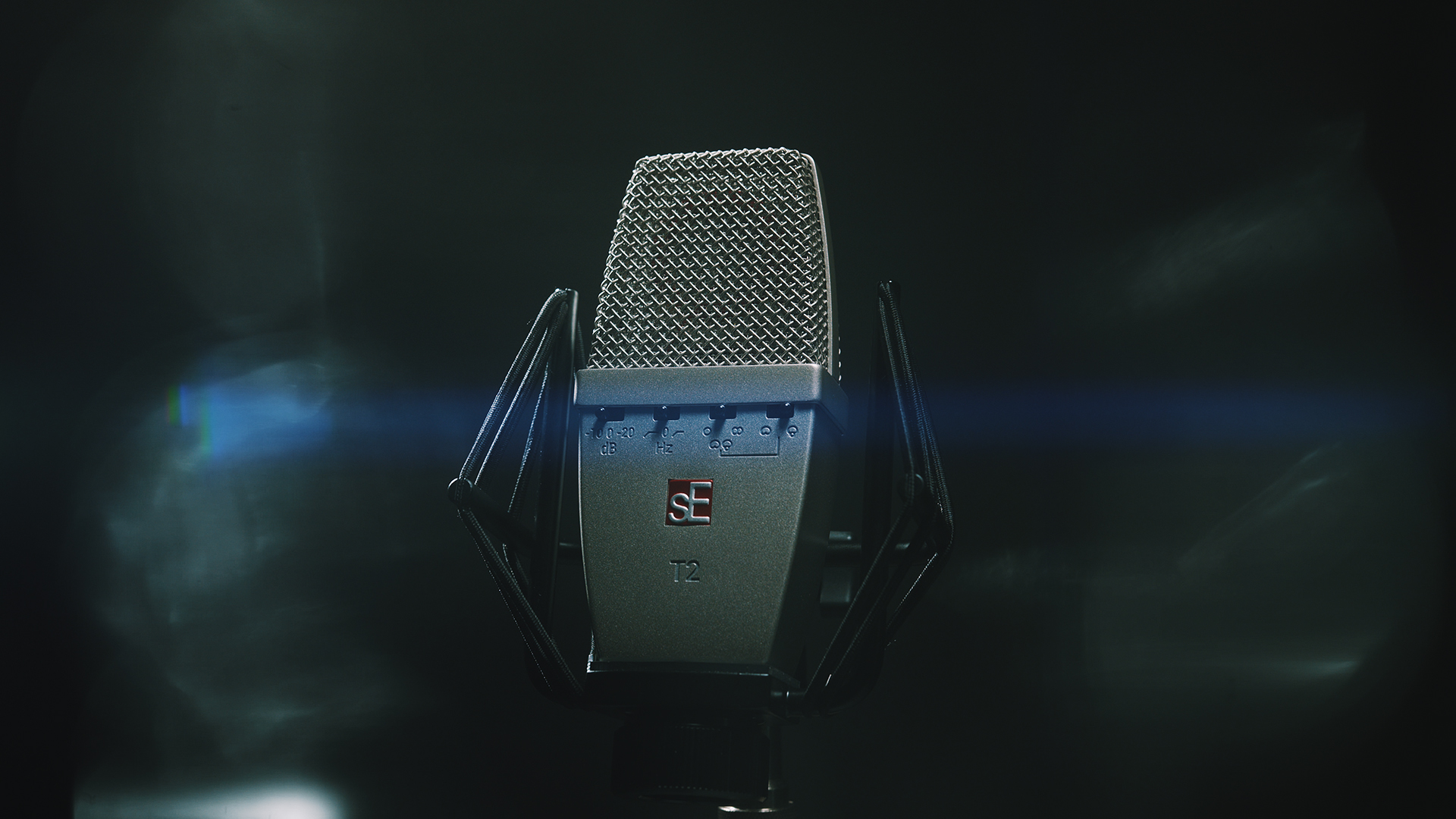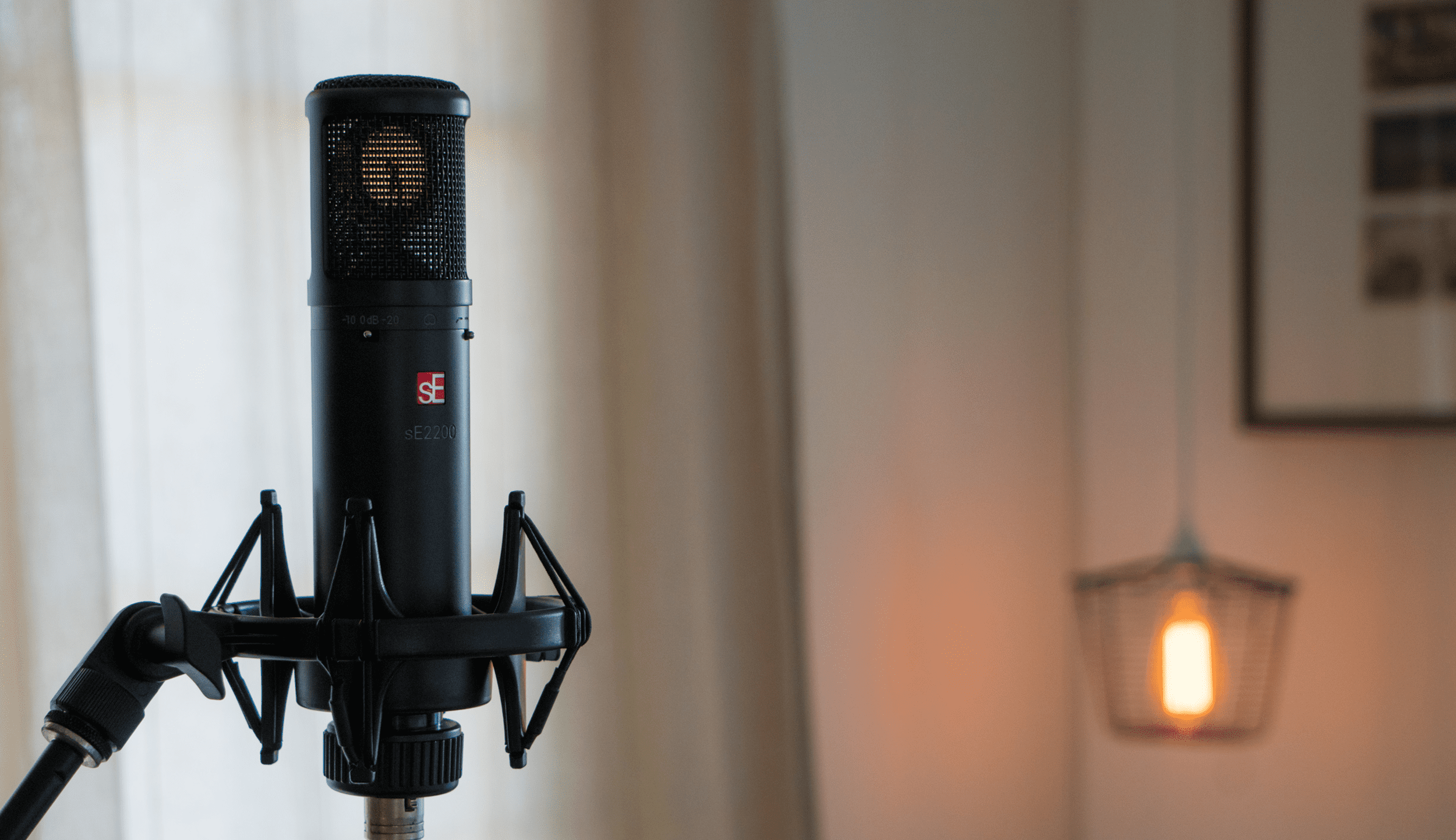How-To's June 20, 2023
Guitar Amp Recording: Meet The T2 and VR1

In my early days of audio engineering, getting a recorded tone that accurately resembled what my guitar amp sounded like was surprisingly difficult. The common knowledge then was to pop a 57 on the grille of the amp, set the preamp gain, and get to tracking. Obviously, this was a long time ago.
Throughout my career as an audio engineer, I’ve always found that two different microphones combined will give me a recorded sound that better reflects what the amp sounds like in the room.
sE Electronics has an array of mics that excel on guitar cabs. In fact, everything from the V7 X to the RNT will capture a great sound. My personal favorite combo is the T2 and the VR1. The T2’s titanium capsule gives it an incredibly fast response to transients, which the natural compression of overdrive/distortion tends to square off. Essentially, the T2 breathes a little bit of dynamic range back into a distorted electric guitar track. It also has a super detailed top end, which balances out the warmth of the VR1.
When we hear guitar amplifiers, it’s not usually with our ear right up to the speaker. The close proximity in which we place microphones to amps adds a harshness that we don’t hear in the room. This is where a ribbon microphone, like the VR1, makes a huge difference. A ribbon mic has a naturally softened high frequency range, and a very warm overall sound. Basically, it sounds like our natural perception of the amp.
These two mics combined, placed in phase, provide the best of both worlds. Sharp transients, detailed highs, warmth, and roundness. As the faders are moved, the more appropriate sound can be prioritized to fit the context. This is how I achieve great recorded electric guitar tone.
Published: June 2023
By: Chris Frasco (Owner & Operator of Master Frasco Audio Lab, Nashville)
By: Chris Frasco (Owner & Operator of Master Frasco Audio Lab, Nashville)
